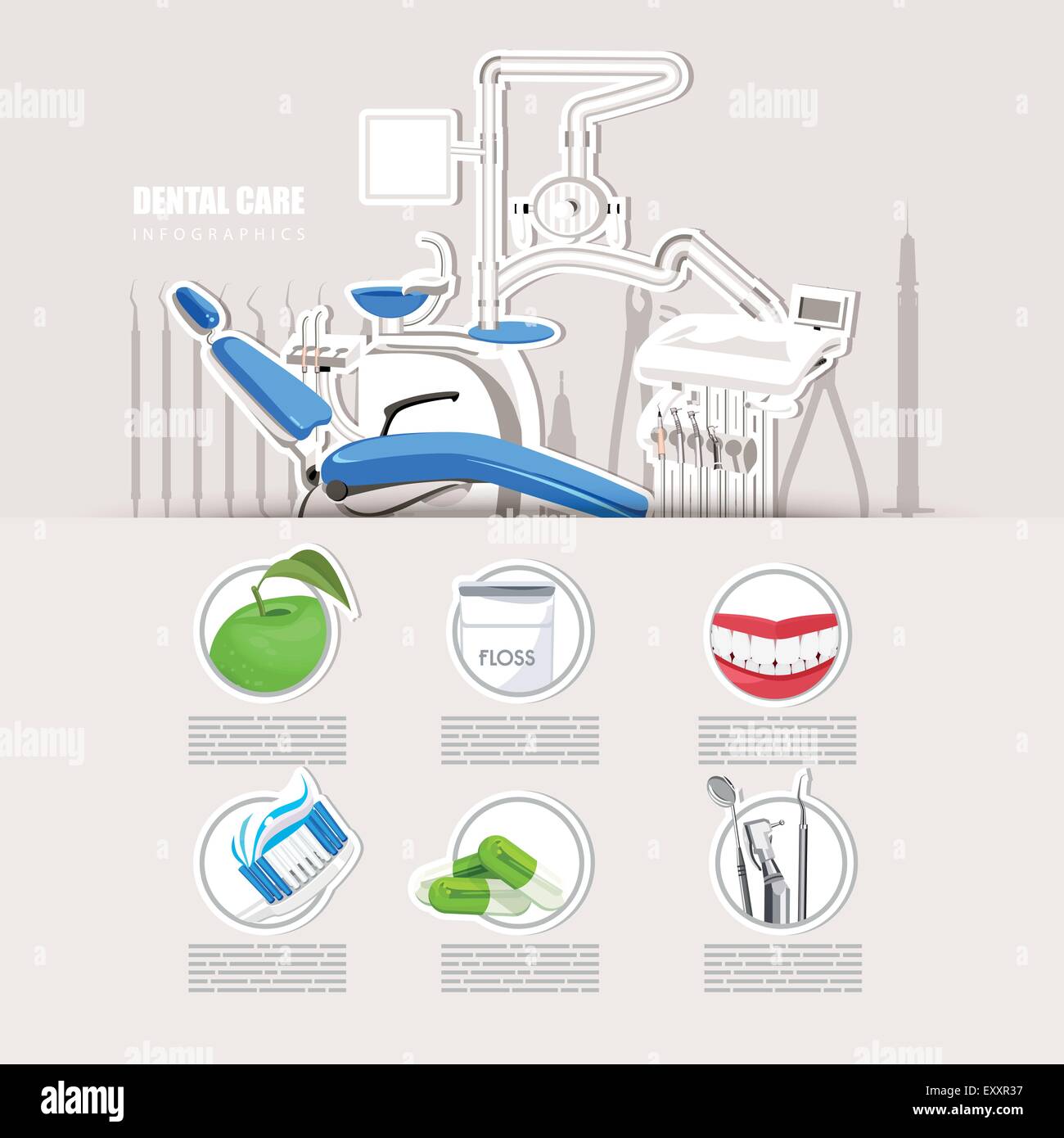The Advancement Of Oral Surgery: Pioneering Innovations And Proceeds Defining The Field
The Advancement Of Oral Surgery: Pioneering Innovations And Proceeds Defining The Field
Blog Article
https://communityimpact.com/dallas-fort-worth/plano/business/2022/11/15/dental-clinic-smile-maker-of-texas-to-offer-implants-laser-teeth-whitening-in-plano/ -Petersson Jonasson
Welcome to the globe of oral surgery, where advancements and advancements are forming the future of the field! In this amazing world, you'll witness the transformative power of robotics, the innovative marvel of 3D printing, and the game-changing impact of minimally invasive strategies.
The future of dental surgery holds an assurance of accuracy, effectiveness, and boosted client results. With the help of innovative robotics, cosmetic surgeons are able to execute intricate procedures with better accuracy and control.
3D printing innovation is changing the production of oral implants and prosthetics, using personalized options that fit perfectly into each patient's special anatomy.
In addition, minimally intrusive techniques are reducing post-operative pain and recuperation time, allowing people to go back to their day-to-days live earlier.
Prepare to check out the amazing developments and breakthroughs that are reshaping the landscape of dental surgery!
Developments in Robotics
One significant advancement in oral surgery is making use of robot technology, which enables specific and effective procedures. With the help of robot systems, oral specialists have the capability to carry out complex surgeries with boosted precision, reducing the risk of human error.
These robotic systems are geared up with sophisticated imaging modern technology and accurate tools that enable doctors to navigate via complex physiological structures effortlessly. By utilizing https://johnathancxqlf.mybuzzblog.com/12693075/see-just-how-the-appropriate-treatment-and-lifestyle-options-can-extend-the-life-of-your-oral-implants-beyond-the-typical-10-to-15-years , surgeons can accomplish greater medical accuracy, causing boosted person outcomes and faster healing times.
On top of that, the use of robotics in oral surgery permits minimally intrusive procedures, decreasing the injury to bordering tissues and advertising faster recovery.
3D Printing in Dental Surgery
To boost the field of oral surgery, you can check out the subtopic of 3D printing in dental surgery. This ingenious modern technology has the possible to change the means oral specialists run and treat clients. Here are four essential ways in which 3D printing is shaping the field:
- ** Personalized Surgical Guides **: 3D printing enables the production of highly exact and patient-specific medical guides, boosting the precision and effectiveness of procedures.
- ** Implant Prosthetics **: With 3D printing, dental specialists can produce customized dental implant prosthetics that flawlessly fit an individual's unique composition, causing much better outcomes and person satisfaction.
- ** Bone Grafting **: 3D printing makes it possible for the manufacturing of patient-specific bone grafts, decreasing the requirement for typical grafting strategies and enhancing recovery and recuperation time.
- ** Education and learning and Training **: 3D printing can be made use of to create practical medical models for instructional purposes, allowing oral cosmetic surgeons to practice complicated treatments before executing them on clients.
With its potential to boost accuracy, personalization, and training, 3D printing is an interesting advancement in the field of oral surgery.
Minimally Intrusive Techniques
To even more progress the field of dental surgery, welcome the potential of minimally invasive methods that can greatly benefit both surgeons and patients alike.
Minimally intrusive techniques are reinventing the field by minimizing surgical trauma, lessening post-operative discomfort, and speeding up the recovery procedure. These methods involve utilizing smaller incisions and specialized instruments to execute procedures with accuracy and efficiency.
By using advanced imaging technology, such as cone beam computed tomography (CBCT), doctors can accurately intend and carry out surgeries with marginal invasiveness.
In addition, making use of lasers in dental surgery enables precise tissue cutting and coagulation, leading to reduced bleeding and decreased recovery time.
With minimally intrusive techniques, clients can experience much faster healing, decreased scarring, and enhanced results, making it an important aspect of the future of oral surgery.
Conclusion
So, as you can see, the future of dental surgery is extremely promising, with interesting advancements and advances forming the field.
From the improvements in robotics to making use of 3D printing and minimally invasive methods, oral specialists are revolutionizing the means they give care.
While some might fret about the prospective price connected with these improvements, it is very important to remember that these technologies inevitably improve individual outcomes and decrease healing time, making them well worth the financial investment in the long run.
